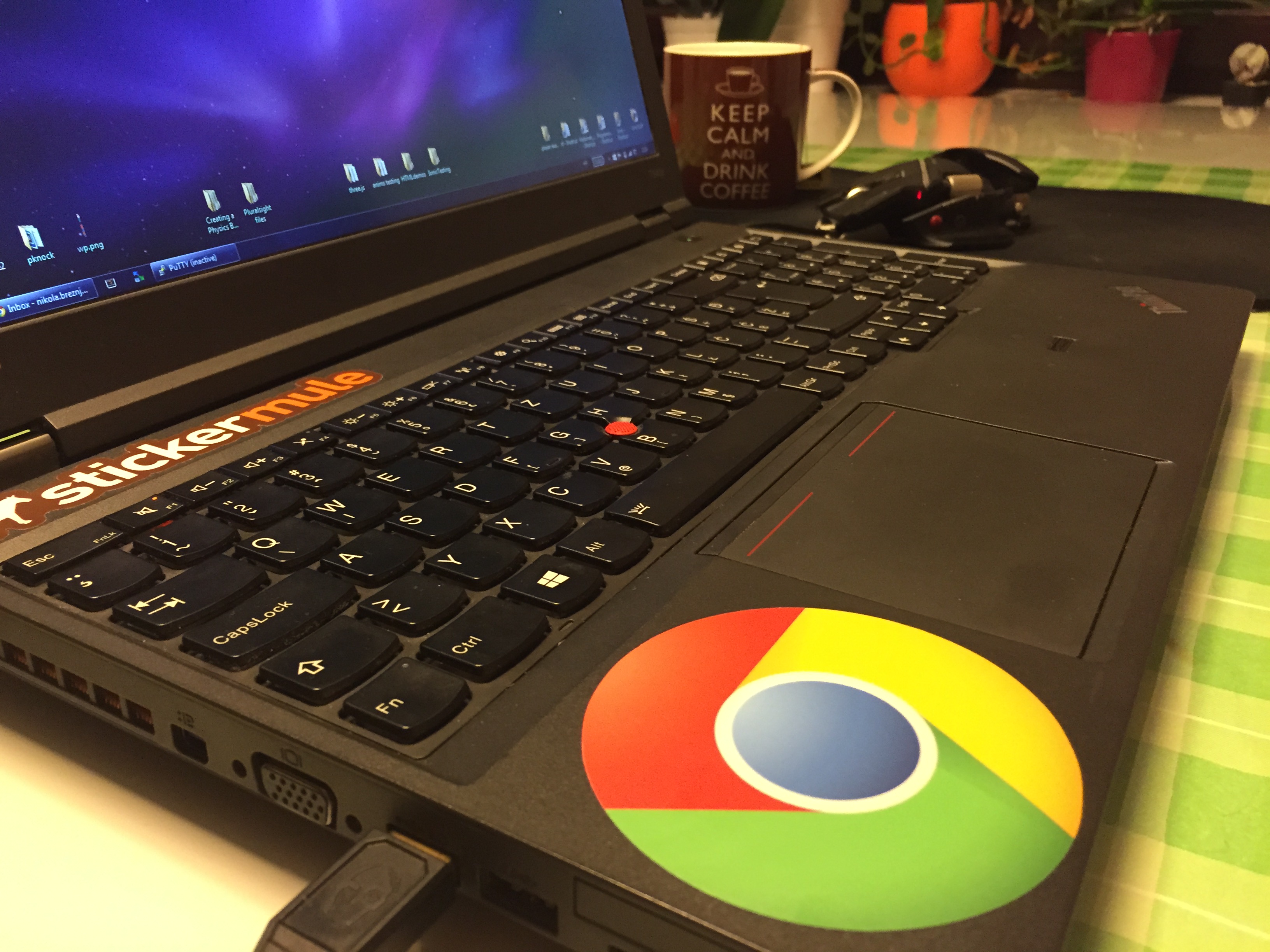
Apple's Maps app offers one-touch access to nearby businesses or directions. But that changes to play and pause if you're watching Netflix, while your name and address pop up as choices when filling out online forms. When you're using the Safari browser, for instance, you typically get thumbnails of individual tabs for easy switching between websites. The rest of the strip changes based on context. You can fix up to four icons in place the initial defaults are brightness, volume, mute and the Siri voice assistant. This Touch Bar offers the same functions, but instead of hitting F11 or F12 to change volume, for instance, you tap the speaker icon to bring up a volume slider. But its high-end MacBooks are getting a separate, narrow strip that replaces the top row of function keys you'll find on most keyboards. Largely for these reasons, Apple has shunned touch screens on its notebooks. Higher-end models of Apple's MacBook Pro now come with a narrow touch screen above the regular keyboard for quick access to common settings and tasks. 27, 2016, file photo, shows MacBook computers in a demo room following the announcement of new products at Apple headquarters, in Cupertino, Calif. It's also generally faster to just keep your fingers on the keys. A stylus helps, but I'm prone to misplacing it. But when fixing typos in documents, selecting email to delete and even editing photos, my trackpad is generally more precise than my fat fingers on the screen. This can be useful for basic tasks such as opening apps, moving the cursor to the search bar and rebooting the machine.

You still type primarily on a traditional keyboard, but you can poke screen icons and menus directly with your finger instead of navigating with a mouse or trackpad. Many Windows laptops and tablets with physical keyboard accessories have long had touch screens. So how do the new touch features improve typing and computing? These touch innovations, in fact, may mostly be aimed at luring such users to laptops. The traditional keyboard has never struck me as needing much improvement, although people who've grown up on touch screens might well feel differently. Higher-end models of Apple's MacBook Pro now come with a narrow touch screen above the regular keyboard for quick access to common settings and tasks, while Lenovo's Yoga Book laptop loses the physical keyboard entirely.


 0 kommentar(er)
0 kommentar(er)
